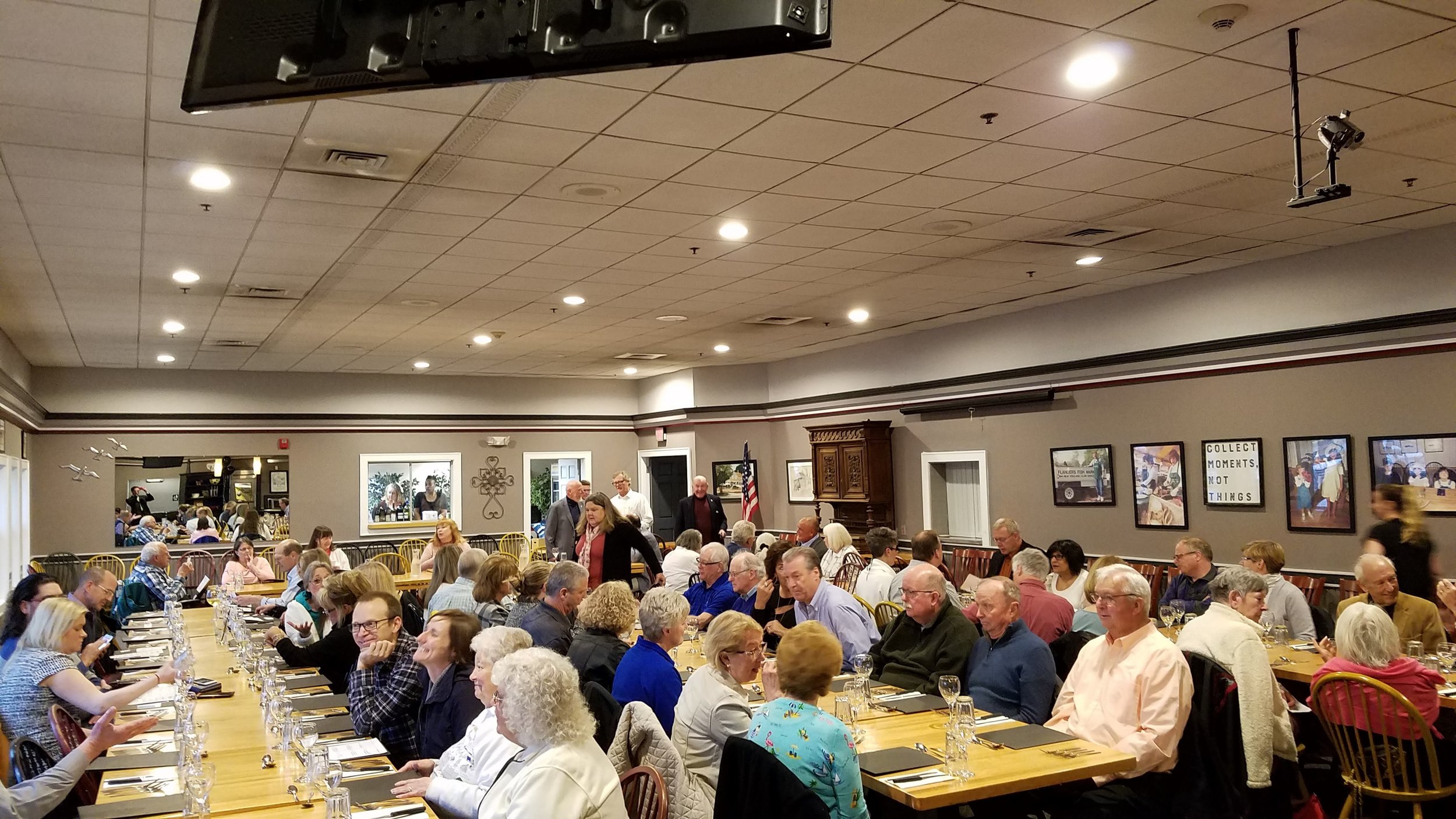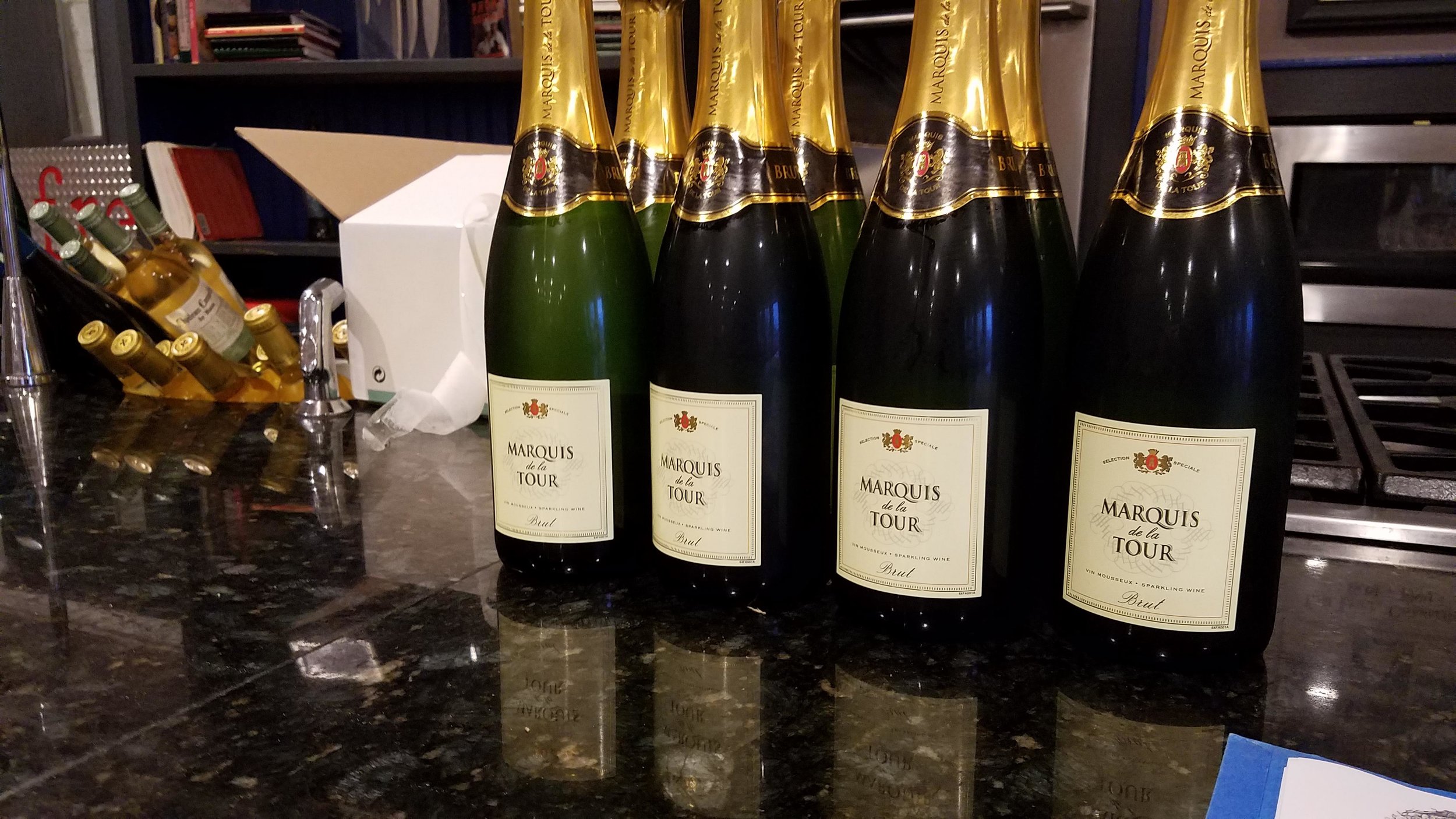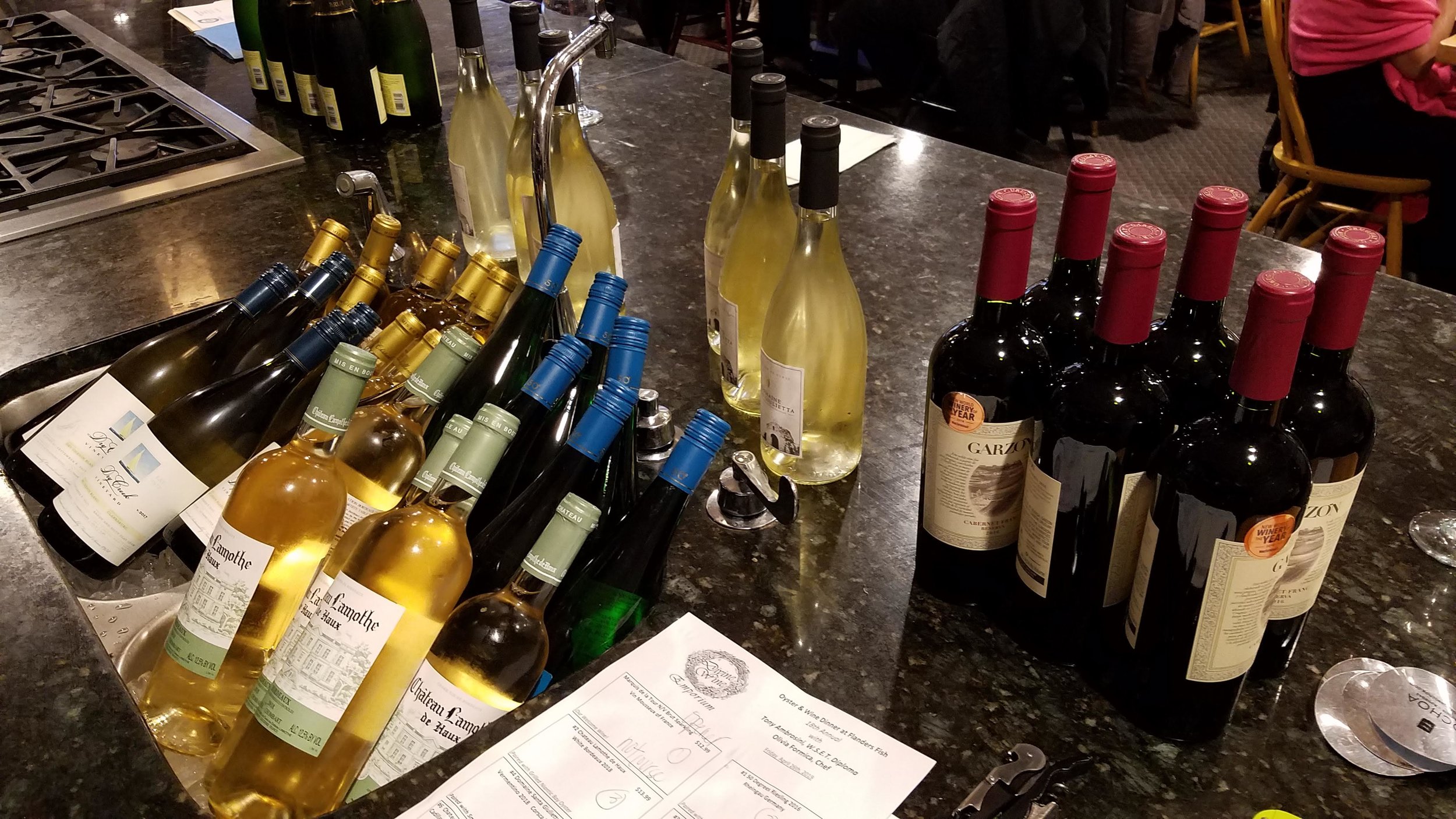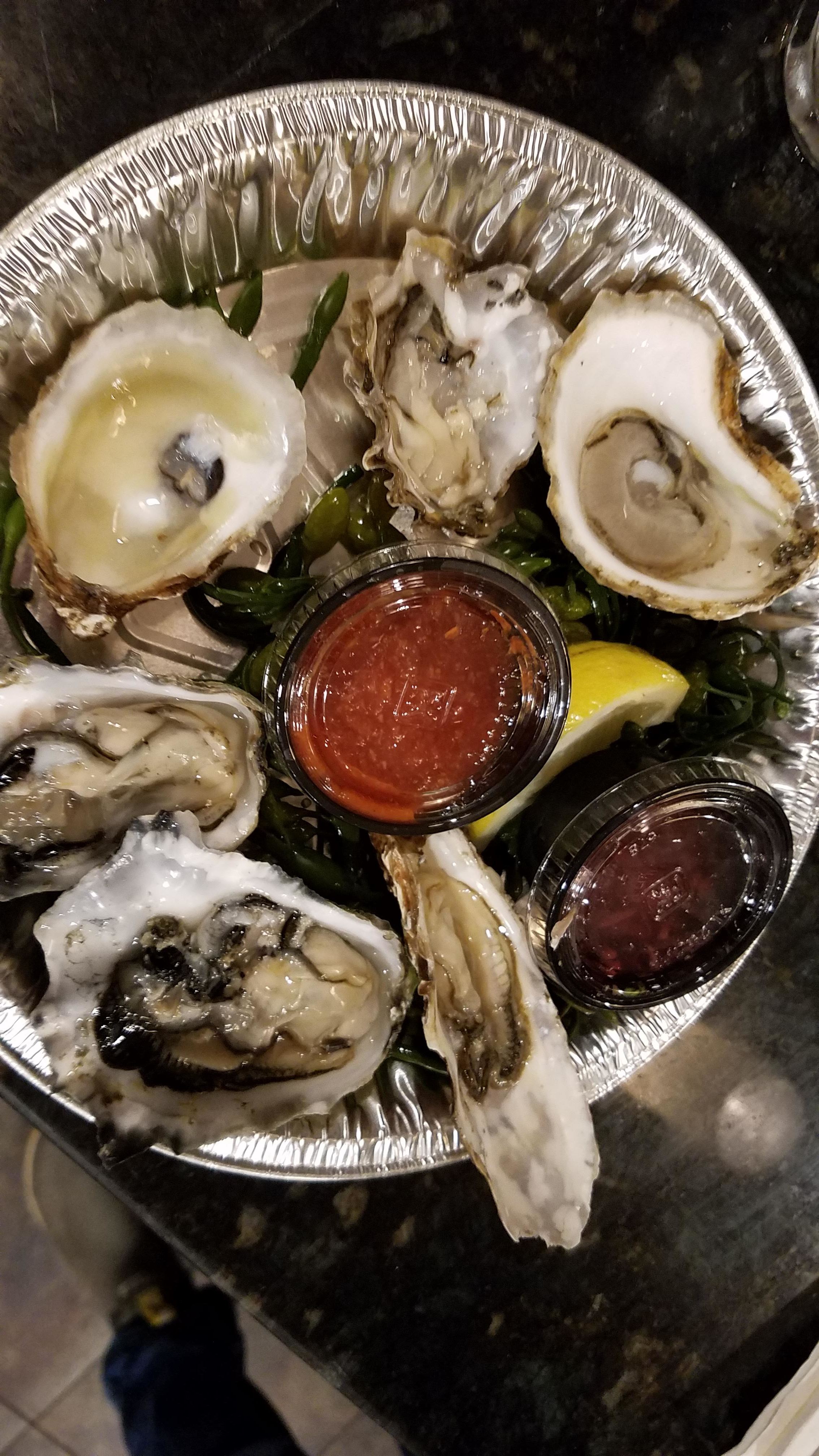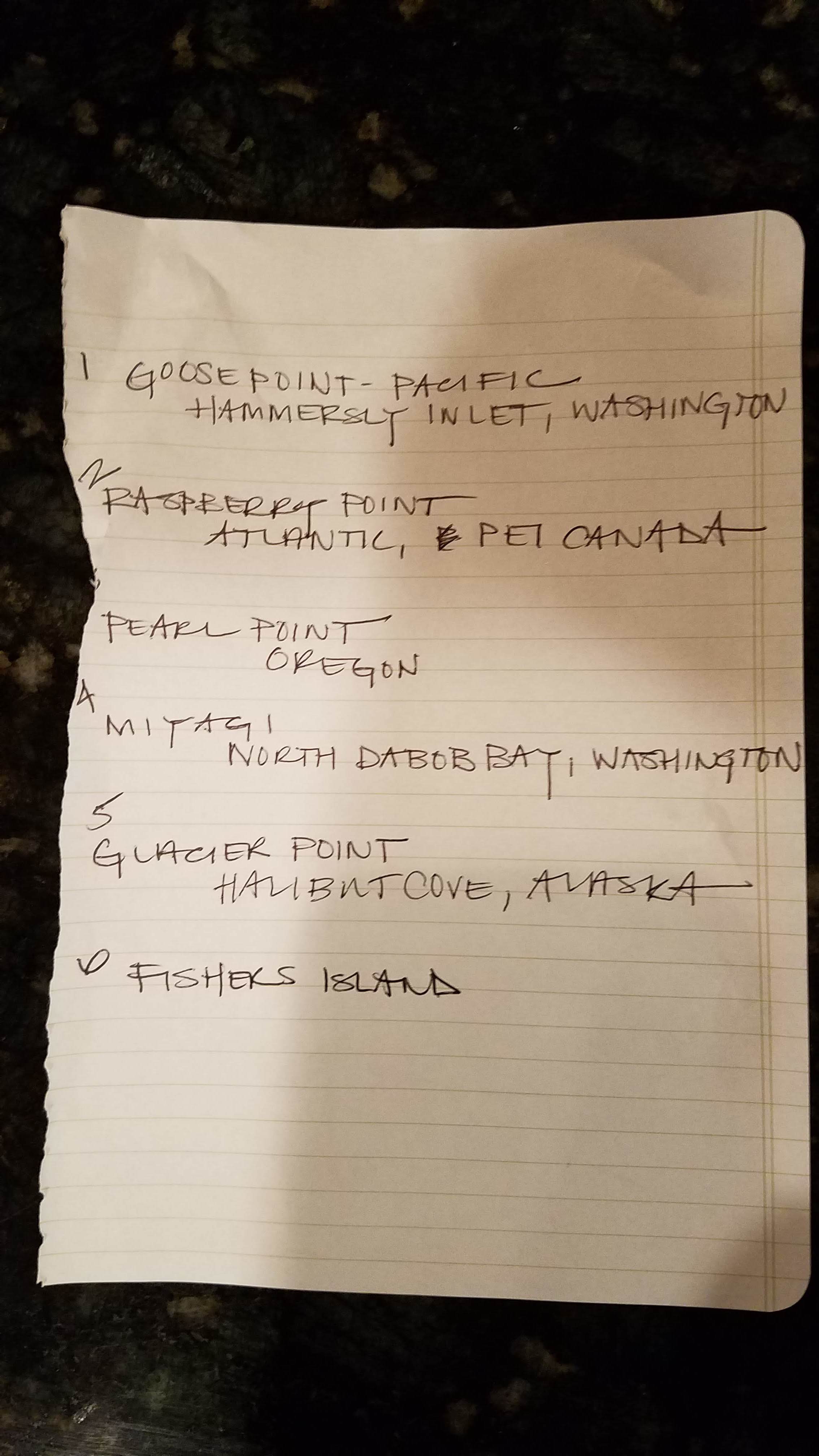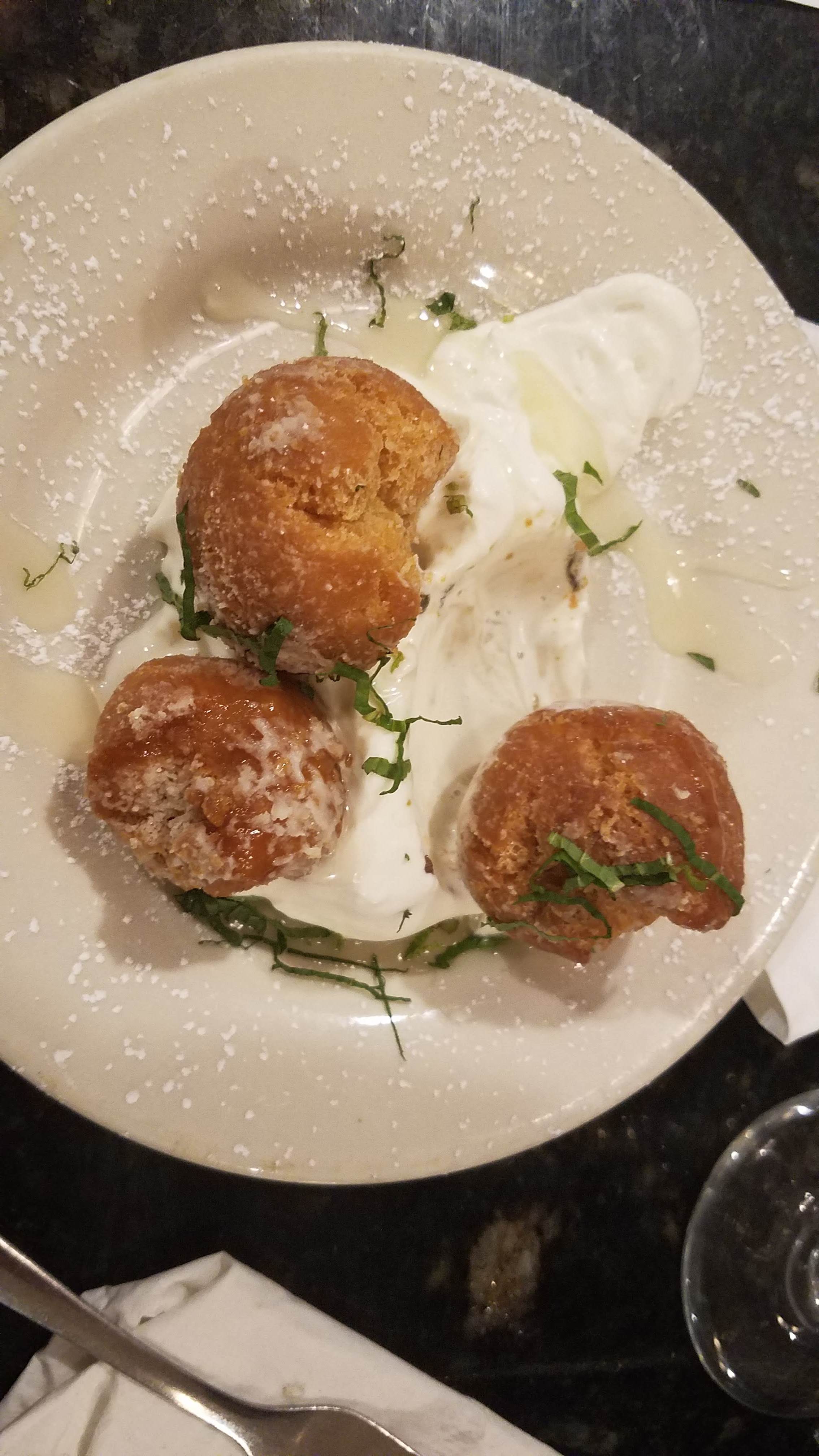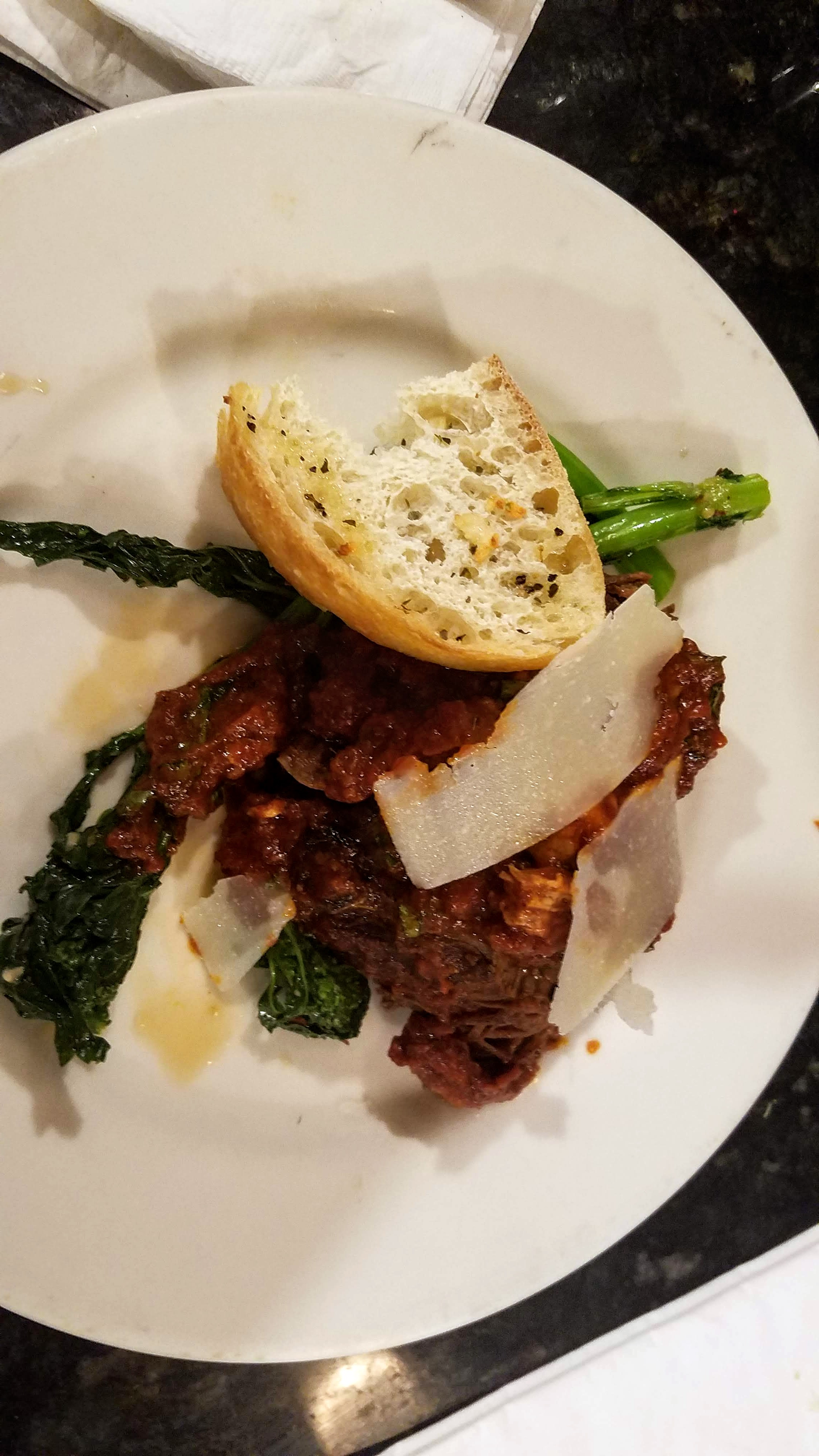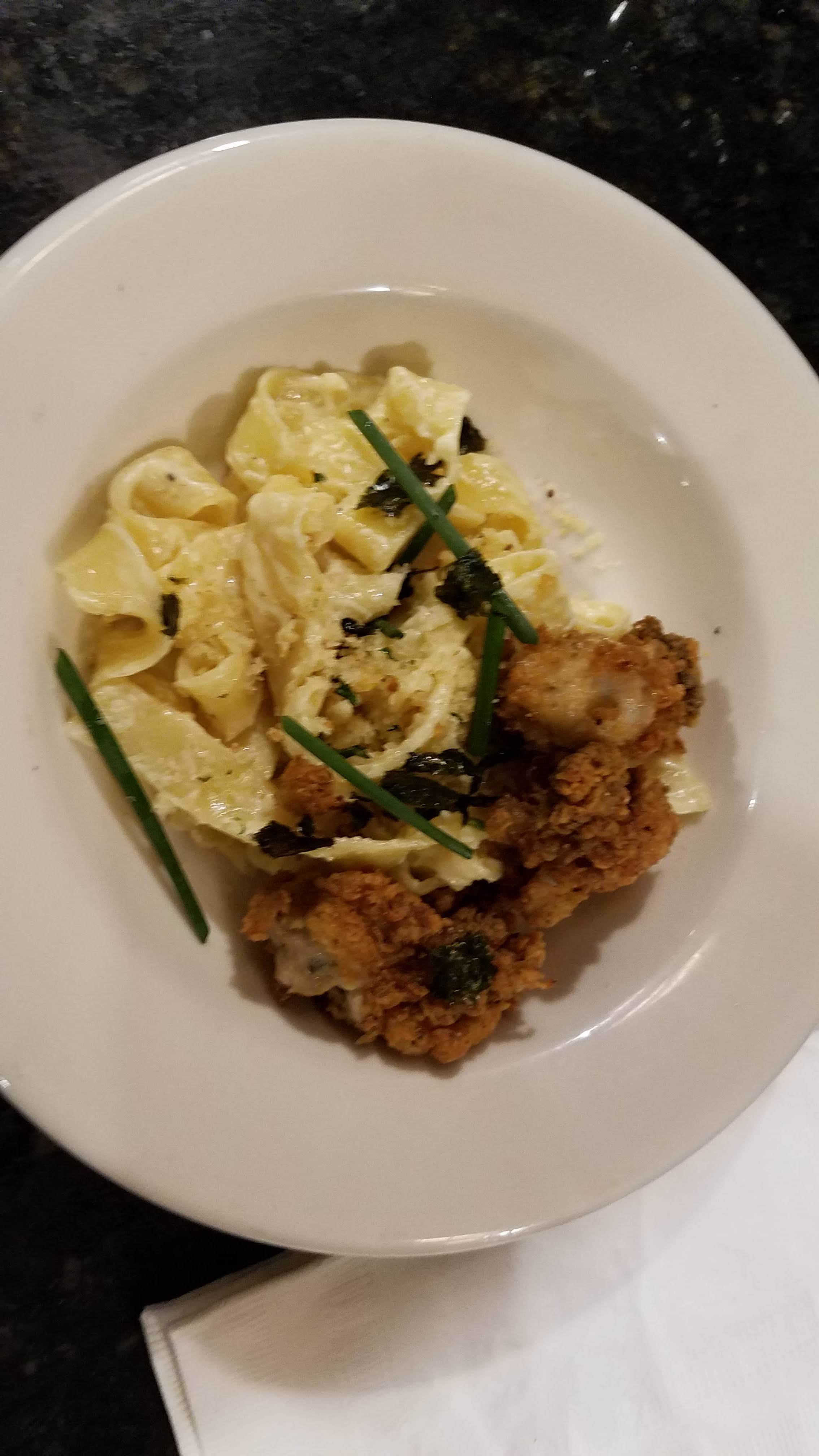I Love It When A Wine Dinner Comes Together
This past Friday, I had the pleasure working with the fine folks at Flanders Fish Market on their 18th Annual Oyster & Wine Dinner. Now, I have had experience with wine dinners, but never on this level of scale; 76 hungry people were ready for not only an outstanding meal, but also a high-quality presentation about wine and aquaculture. In the 2+ years I have been writing on Flight School, it came to my attention that I never discussed just how a wine dinner gets done, so here is your chance to know what goes on behind the scenes. So here we go!
The amount of planning that goes into these dinners is astounding. In order for an event like this to be successful, planning is essential. Many questions are going to be asked internally. From the perspective of Flanders, can they justify using the large room at the restaurant? How many staff members will they have? How will they configure the tables? What will the menu be and which order will the dishes be presented? That is just a few right off the top. Then comes availability of guest speakers. Flanders has someone speak about aquaculture in general and oysters in particular. Typically, The Boss at Divine Wine has done this event, but he had a scheduling conflict, which led to me being the next man up.
With the foundation set, now comes promotion…we have to have guests! Flanders did a bunch on their end in regard to the marketing of the Oyster Dinner. It’s not just about some blanket approach to securing attendees. They are calling customers who have come to past events, but it is also great to have new faces. Email, Facebook, and simple old-school word-of-mouth all do the job fine here. Plus, the event typically takes place at the same time every year, so there’s consistency and an expectation. That’s how you get to do this eighteen years running.
Now while Flanders is running the show with food, The Boss and I are coming up with what will work for wines. A new wine comes into our inventory? Let’s see if we can sensibly have it work. What else do we already have on our shelves? What do we need to order? These are just questions that come up to just get a wine in. We also had to make some assumptions based on ingredients in the dishes and without tasting the courses ahead of time, but we did meet with both the Head Chef and General Manager to taste and discuss how the food and wine will come together.
Notes on pairing some wines with the killer menu…which I left at home, but no matter. The show still went on.
We have to take into consideration how spicy or bitter some foods will be; a wine’s sweetness or acidity can balance these factors, while tannins can amplify them and ruin the experience. With this being an oyster dinner, we also have to account for the preparation of the oyster itself; raw oysters are delicate, but still have some texture. There are also six different types of raw oysters, all of which have different flavors, so we need something to pull it all together. German Riesling with just a touch of sweetness ought to do the trick. Grilled oysters have some weight, especially with butter, so we went with a white Bordeaux blend. A rich pasta like Pappardelle and fried oysters have even more body, so we leaned New World with a Chenin Blanc from Dry Creek Vineyard.
A smoked oyster with green vegetables and pickling is a very complex grouping of flavors, so we went out of the box with a Vermentino from Corsica; Vermentino has some herbaceous flavors and aromas, but also an oily texture and can act like Sauvignon Blanc in leaner examples or Chardonnay in fuller-bodied styles. Braciole is definitely going to have a richness to it, but prosciutto and oysters liven the dish up and we have a bitter green in broccoli rabe. We are trying something a little different with Cabernet Franc, even though the obvious answer could be a Sangiovese-based Tuscan red. Cabernet Franc from Uruguay (an emerging wine region) is ripe but not too heavy on the palate. We’re giving this a try as it will make for fun discussion. Bombolonis are upscale donut holes and yuzu is a Japanese fruit that tastes like oranges and peaches had a baby together. A dessert wine from Southwest France made primarily of the honey-like Semillon ought to be outstanding with this dessert.
So…got all that? Good. Now let’s gather eight cases of wine, tasting and order sheets, and wine accessories like corkscrews and drip-stoppers and get set up for a hungry crowd of 76.
With any wine dinner I have ever done, I love starting with a sparkling aperitif wine. If you ever want to guarantee getting things off to a good start, give a crowd some bubbles, because I have never seen an unhappy face with a glass of sparkling wine. Plus, it is a great way to allow the back of the room to finish coordinating the timing of courses as well as getting that first plate ready, which was this beauty right here:
There better be a plate of raw oysters at an oyster dinner, right? Now…this was not my area of expertise, but fortunately Flanders Fish brought in a guest speaker to talk aquaculture. You can tell he is passionate about the topic, because this is the least amount of blur I could get in a picture of him schooling us all in the sustainable farming of oysters.
Atlantic oysters tend to be smaller in size, briny and taste like the sea, while Pacific oysters have a sweeter, meatier profile; I learned something new while sipping the 50 Degrees Riesling. It was also pretty awesome to discover that with each sip of the wine with a taste of each oyster, a different flavor was left behind on my palate (something the crowd confirmed as well). One pairing left a grapefruit flavor, another apricot jam-like sweetness, another amplified the saline qualities, while yet another left a minerally/stony sensation.
Now, while we are hamming it up during presentation of one plate, another is being worked on in the kitchen. It takes considerable coordination to get 76 plates out in a timely fashion. Meanwhile, my job is to keep the conversation flowing; talking wine, answering questions, and generally “filling air time” during transitions from cleanup to the next dish where possible. Also from a service standpoint at these wine dinners, I am typically served first so I can taste components of the dish with the wine. This way, I can prepare for feedback, because going through my head are these kinds of thoughts:
“…people are going to notice the rosemary with the grilled oyster right away with the wine…”
“…what happens if I taste the pasta with the Chenin Blanc on its own vs. with the fried oyster? Will we lose anything in the overall effect?”
“…the smokiness of the oyster in the salad is really enhanced by this Corsican wine. People will either love that or hate it. But it seems like the wine pairs beautifully with the salad without the oyster…made the wine taste fruity and the tarragon in the dressing popped…”
“…the Cabernet Franc fades behind the braciole…I forgot to account for the pine nuts and raisins in the stuffing…maybe Southern Italy would have worked best here with a Primitivo from Puglia…”
“…we nailed the dessert pairing…can’t wait to talk about this…”
By the way, I spoke these thoughts out loud once our attendees provided their opinions and commentary on the pairings. As the one doing the most interaction with the room, not only do I have to be prepared to speak about the wines themselves, but I have to react quickly and intelligently, make my notes, and most of all be transparent about the food and wine experience for each dish. I have to anticipate questions. I have to be prepared for which sensations will be off-putting to some that could be amazing for someone else. 76 unique palates, all picking up something different across six courses…that’s a lot of impressions being made!
Here’s another thing that I didn’t account for…acoustics of the room! I initially did not realize the folks in the back were having a hard time hearing me, so I started to move around the center of the room rather than stand up front, especially after going around the tables to see how everyone was doing; I wanted to get feedback on the fly so I could make adjustments to my presentation as necessary.
After what felt like continuous talking for three-and-a-half hours, it all came to a close and we sent 76 people home happy and feeling like they got their money’s-worth for the evening. And once everyone heads out, it’s time to clean up, gather up any leftover wine, clear away any other utensils and service items, and arrange the tables and chairs in the room back to the way it was for regular service in the restaurant.
It’s an awesome experience to present the potential of different food and wine combinations, and Friday night reminded me just how much work goes into making a wine dinner successful. I hope I was able to give you a glimpse into the preparations that go into having it all come together. Get in touch if you have any questions!
*Big thanks to Chef Liv, GM Jennaya, Mr. Paul Formica, Will (who represented Fishers Island) and the entire staff at Flanders Fish Market who busted their tails from start to finish to make the 18th Annual Oyster Dinner a memorable one.


